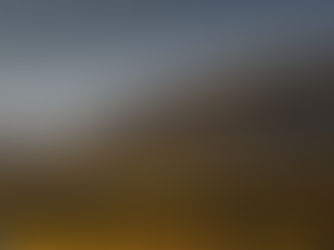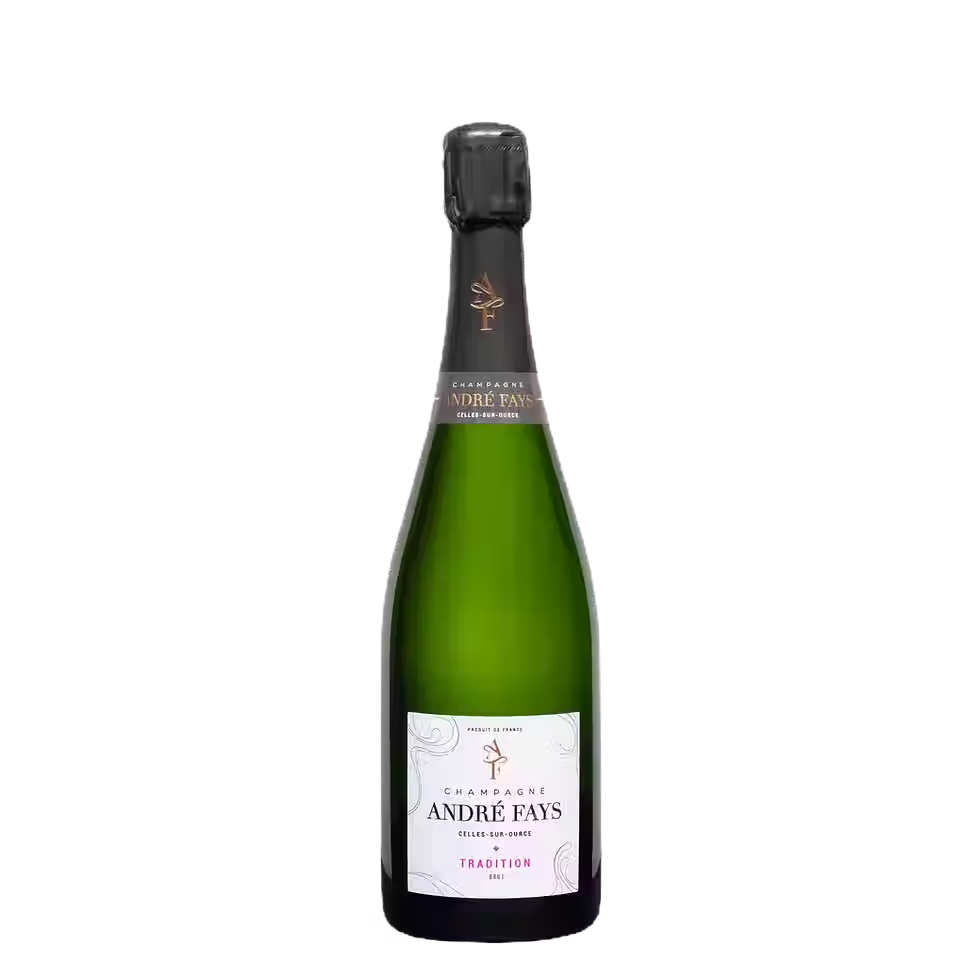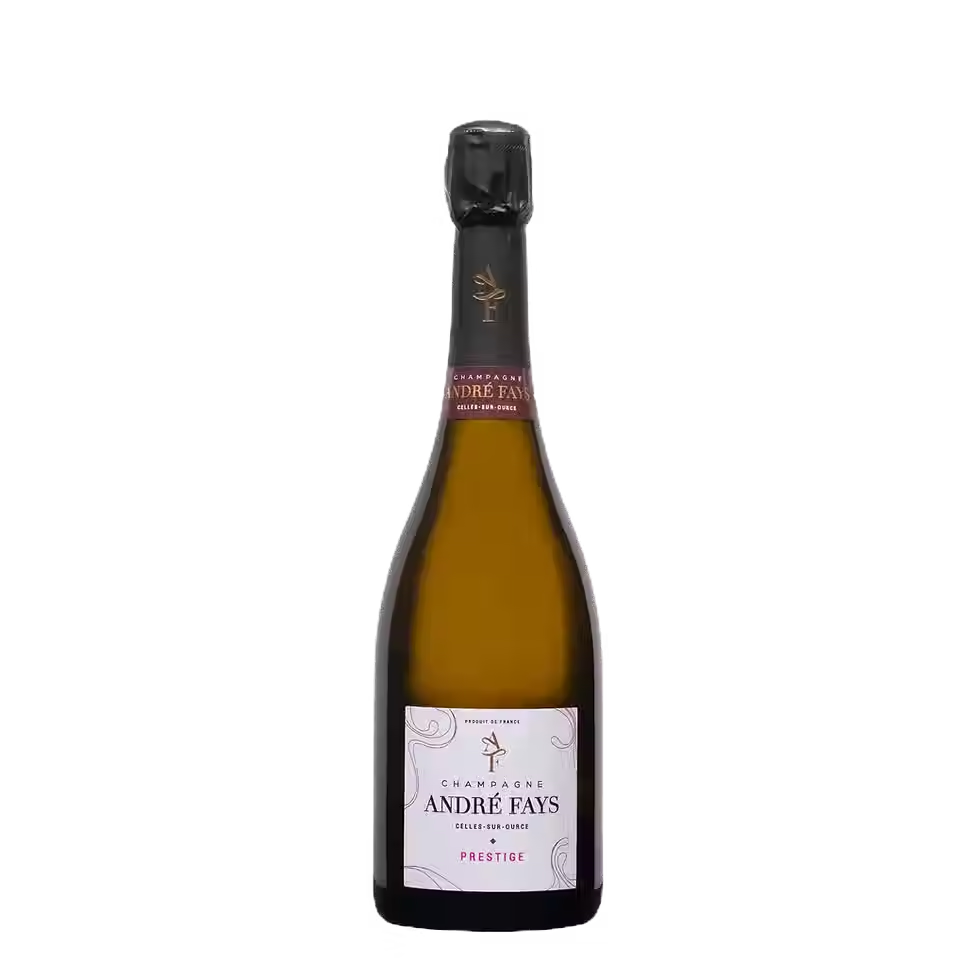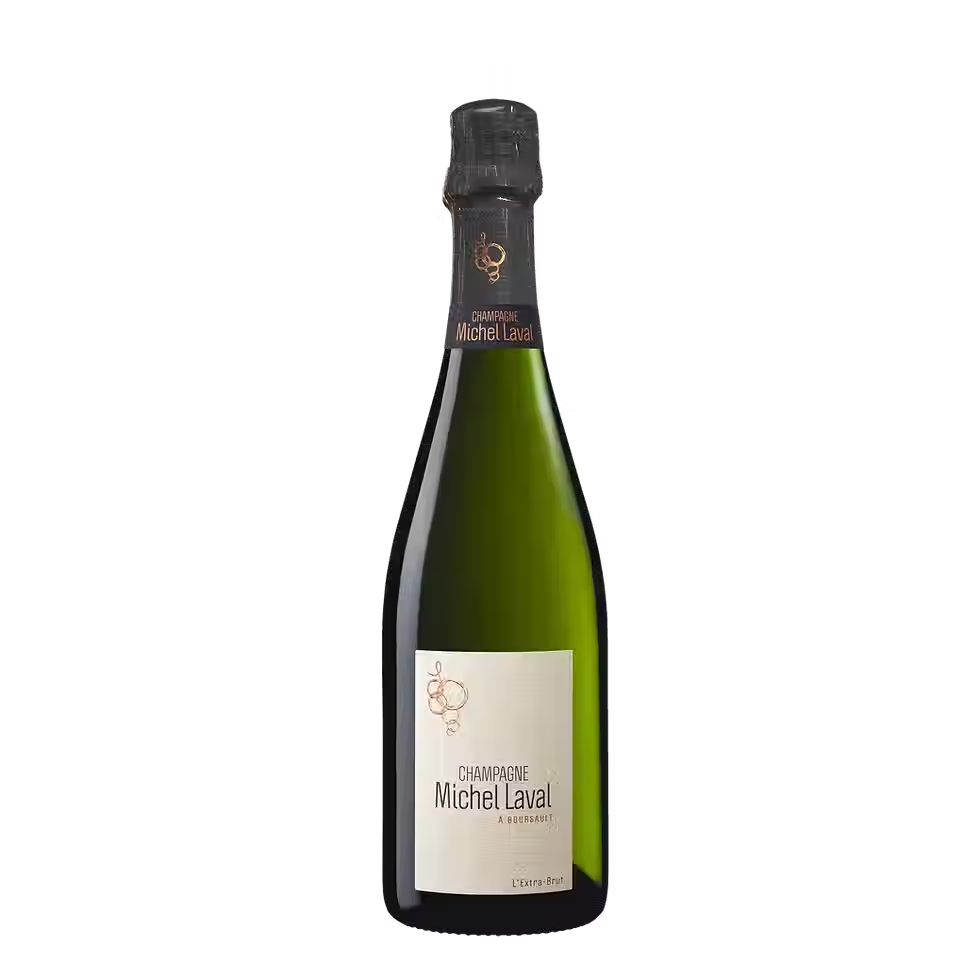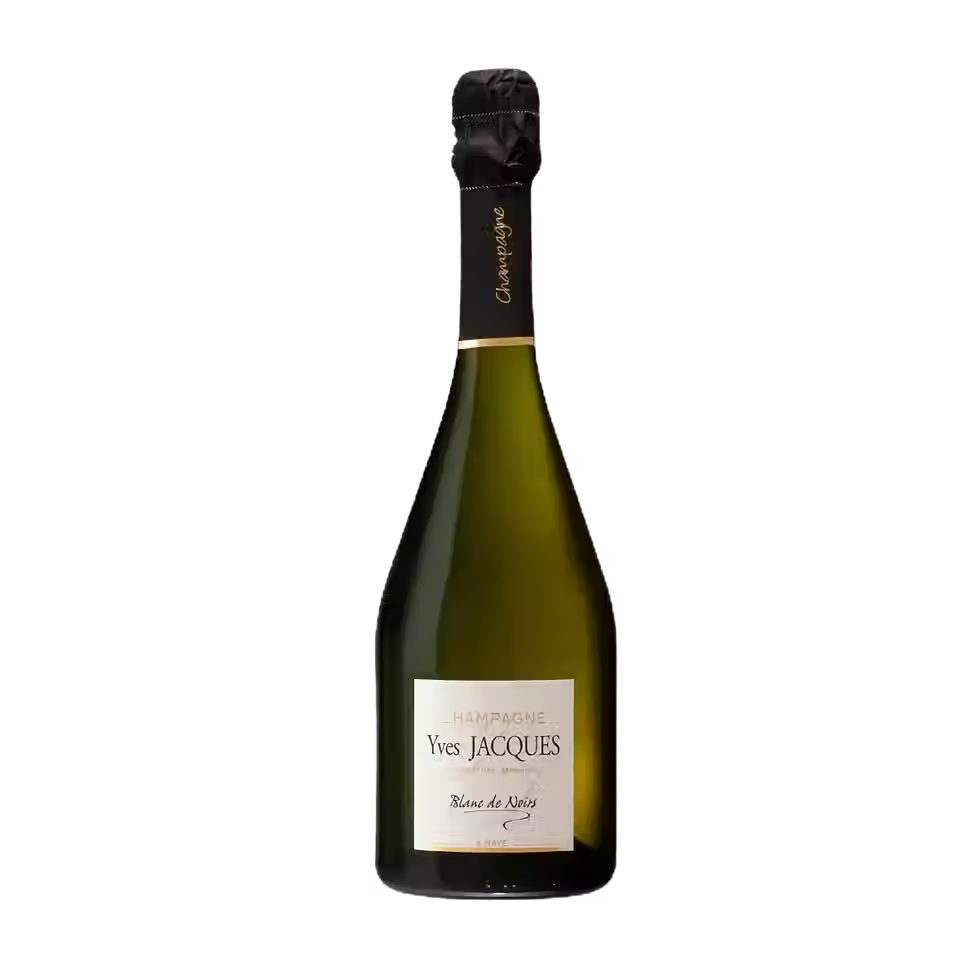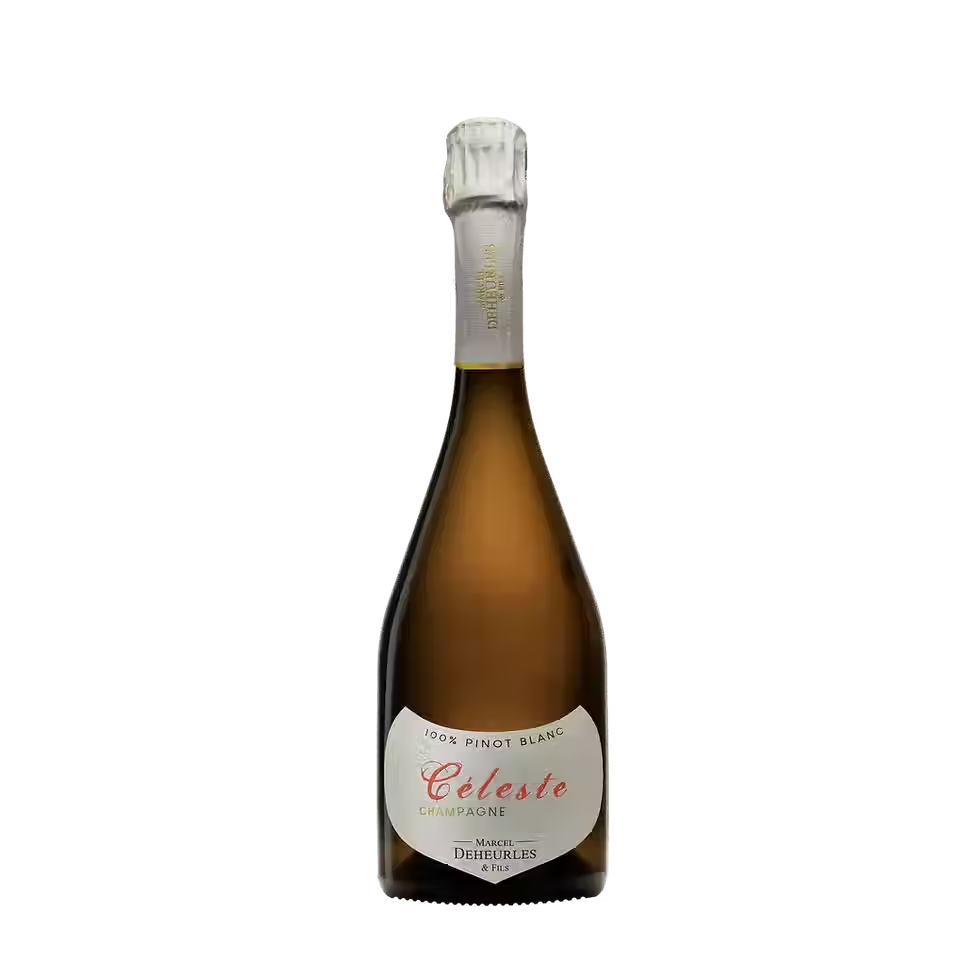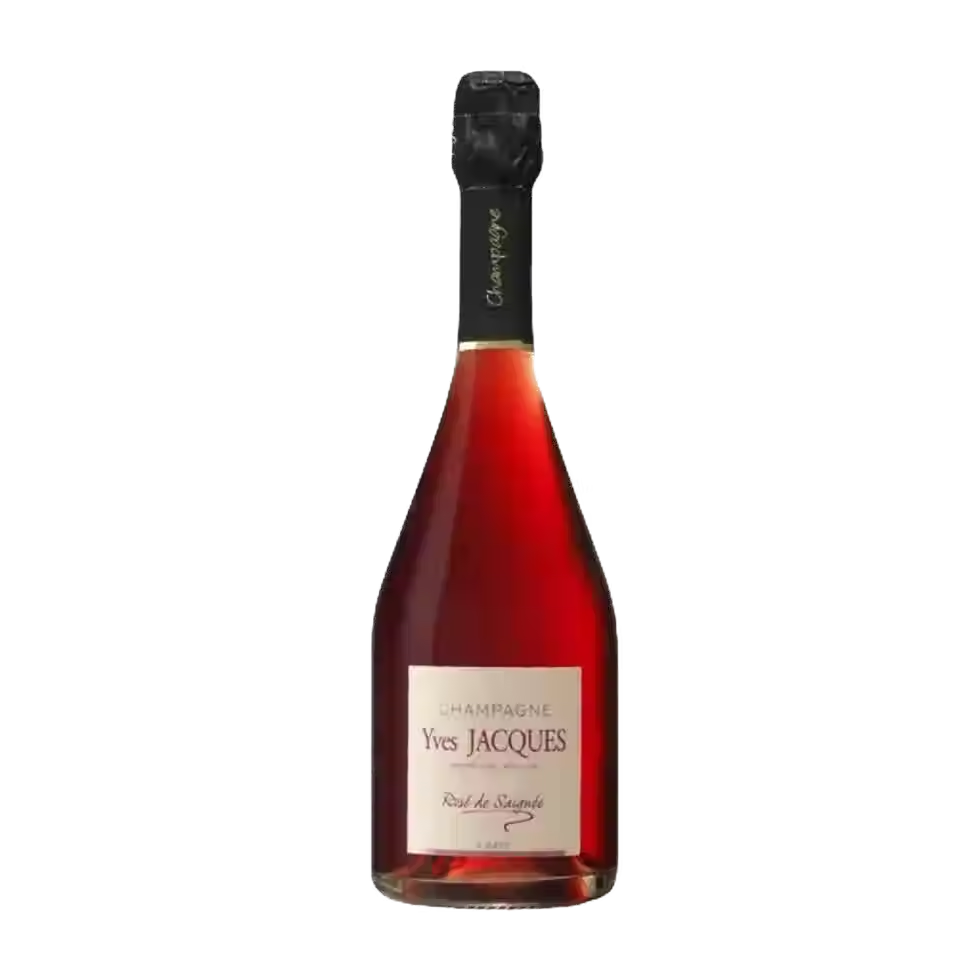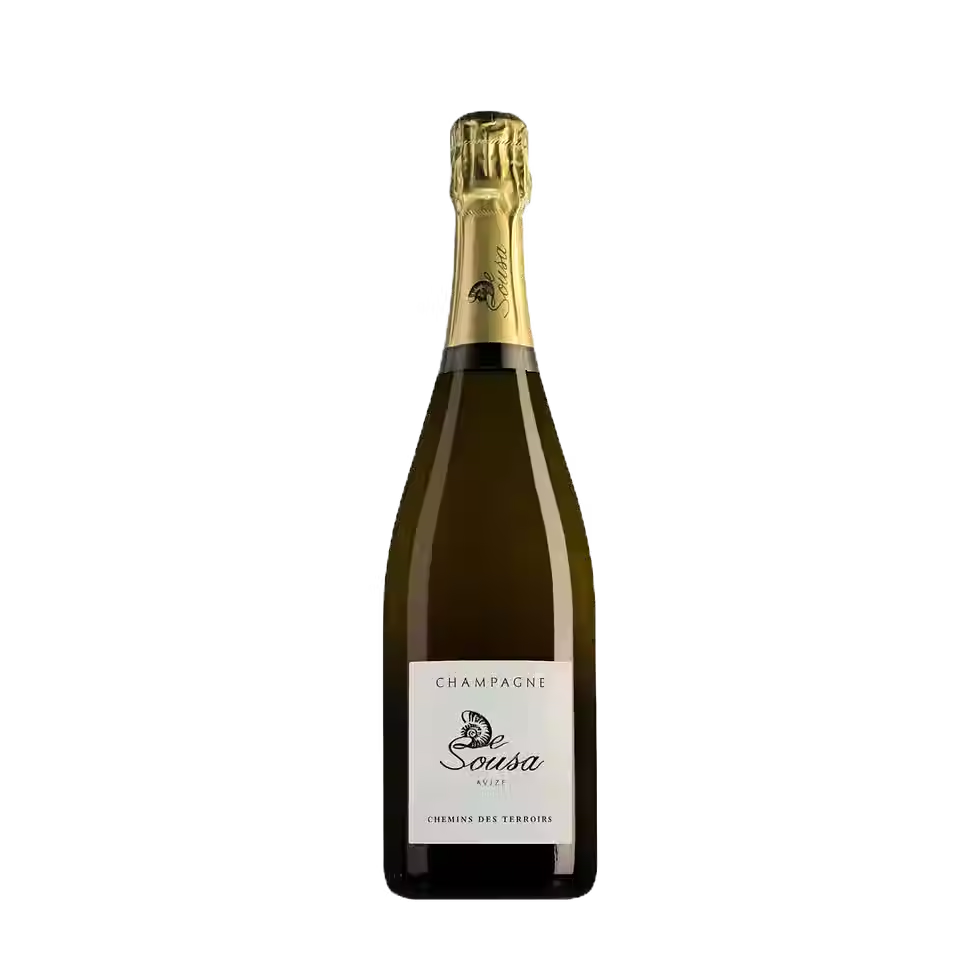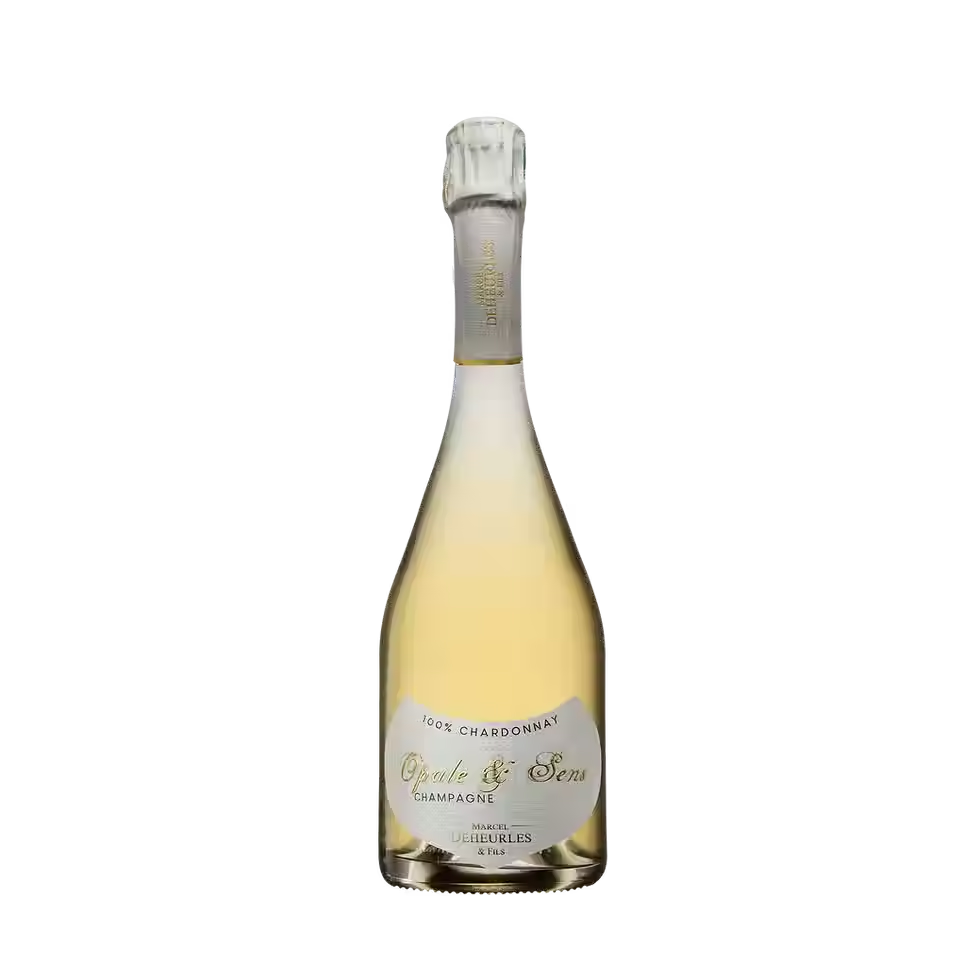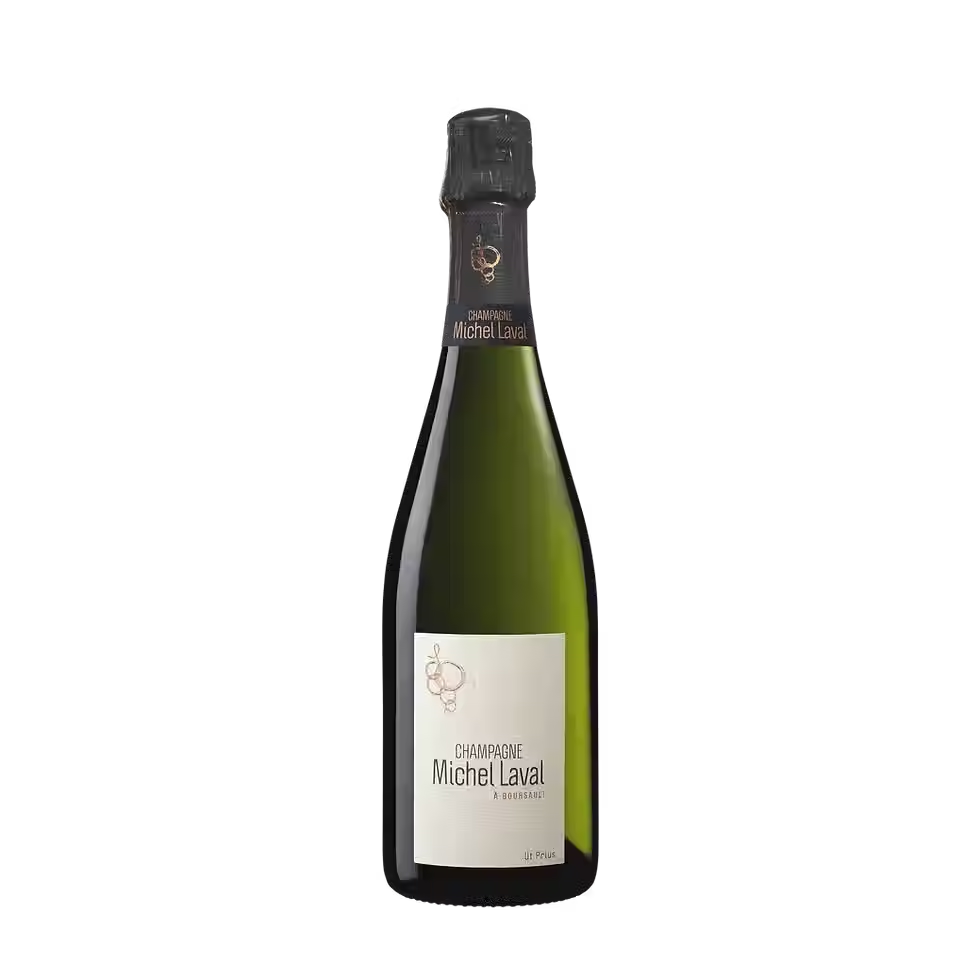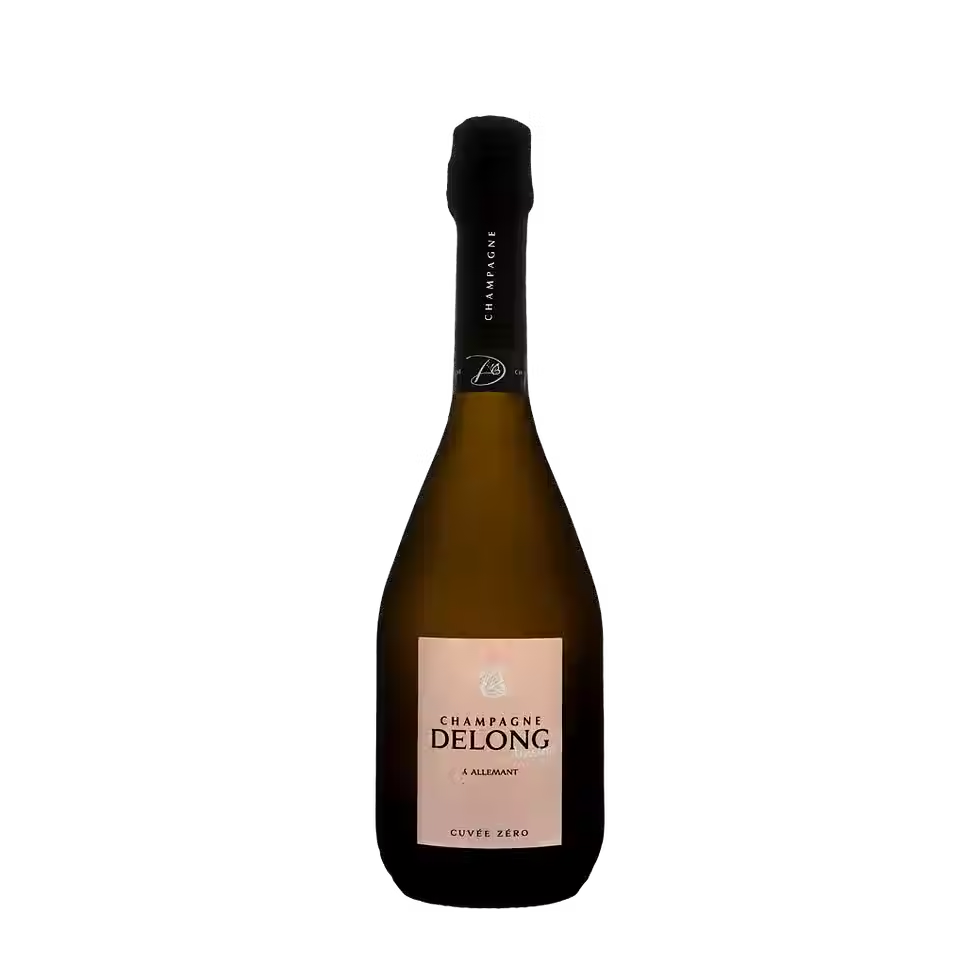Champagne Glass Toasts: How to Choose the Perfect Glass – The Complete Guide
- cecile-w
- Jul 26
- 3 min read
Updated: Sep 23

Choosing the right champagne glass can dramatically transform your drinking experience. While many people think any glass will do, the truth is that different champagne glass types can either enhance or diminish the complex flavors and aromas of your favorite bubbly. Whether you're serving premium champagne or enjoying a casual glass of crémant, understanding which glass to use will elevate every sip.
The Science Behind Champagne Glass Shape
The shape of your champagne glass directly affects how the bubbles form, how aromas concentrate, and how the liquid hits your palate. When champagne is poured into the wrong glass, you lose the delicate balance of effervescence and flavor that makes great champagne so special. This is why professional sommeliers and champagne producers are particular about their glassware choices.
Champagne Flute: The Classic Choice
The traditional champagne flute remains the most popular choice for serving champagne, and for good reason. Its tall, narrow shape preserves carbonation longer by minimizing surface area, keeping your champagne bubbly throughout your drinking experience. The flute's design also creates a beautiful visual display as bubbles rise in a steady stream to the surface.
However, flutes do have limitations. The narrow opening restricts aroma release, which means you might miss some of the subtle flavors that make premium champagne so complex. For everyday champagne drinking or celebratory toasts, flutes work perfectly, but serious champagne enthusiasts often prefer other options.
Champagne Coupe: Style Over Substance
The wide, shallow champagne coupe glass was allegedly modeled after Marie Antoinette's breast, though this is likely a romantic myth. While coupes offer undeniable vintage elegance - visually, they are our favourite -, they're not ideal for pure champagne appreciation. The wide surface area causes bubbles to escape too quickly, and the shallow bowl doesn't concentrate aromas effectively.
Coupes work best for champagne cocktails like French 75s or when you want to create a glamorous, vintage atmosphere at parties. They're also practical for champagne towers at weddings, though your champagne will lose its fizz faster than in other glass types.
White Wine Glass: The Professional's Secret
Many champagne experts actually prefer using a standard white wine glass for serious champagne tasting. The wider bowl allows more surface area for swirling, which releases aromatic compounds that you'd miss in a flute. This makes it easier to appreciate the complex flavors in grower champagnes from independent producers.
The white wine glass shape also allows the champagne to breathe slightly, softening harsh edges and revealing subtle notes. If you're investing in high-quality champagne, consider serving it in a white wine glass to fully appreciate the craftsmanship.
Tulip Glass: The Best of Both Worlds
The tulip-shaped champagne glass - our personal favorite - combines the benefits of flutes and wine glasses. It starts narrow at the base to preserve bubbles, then widens in the middle to allow aroma development, before narrowing again at the rim to concentrate those aromas.
This design makes tulip glasses ideal for premium champagne tasting. Professional champagne houses often use tulip glasses for tastings because they showcase both the visual appeal of rising bubbles and the complex aromatic profile of fine champagne.
Choosing the Right Champagne Glass for your Toast
For celebrations and toasts, champagne flutes provide the classic elegance and preserve bubbles for extended periods. For serious tasting sessions with premium bottles, white wine glasses or tulip glasses reveal more complexity. For vintage-themed parties or champagne cocktails, coupes add authentic charm.
Care and Maintenance Tips
Regardless of which champagne glass type you choose, proper care is essential. Always hand wash champagne glasses with mild soap, avoiding harsh detergents that can leave residue affecting bubble formation. Store glasses upright to prevent damage to delicate rims, and ensure they're completely dry before storage to prevent water spots.
Conclusion
The best champagne glass depends on your priorities: preservation of bubbles, aroma concentration or visual appeal. For the ultimate champagne glass toast, consider having multiple types available. This allows you to match the glass to the champagne style and occasion, ensuring every bottle is enjoyed to its fullest potential.
Ready to elevate your champagne experience? Discover The Champagne Fox's curated glass collection and taste the difference proper glassware makes!













